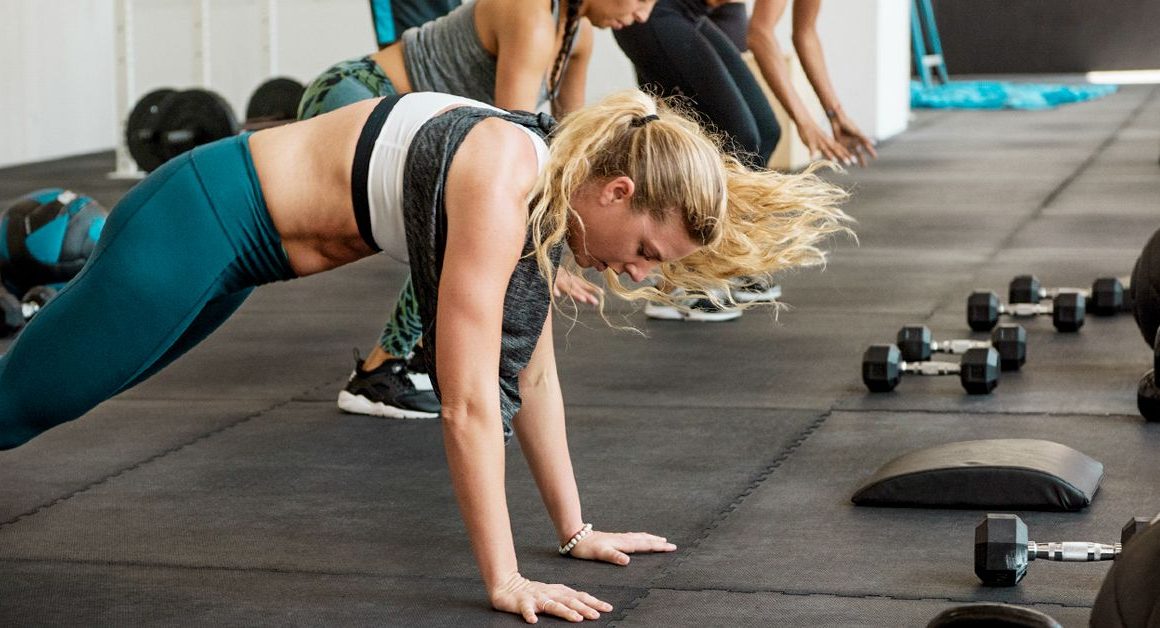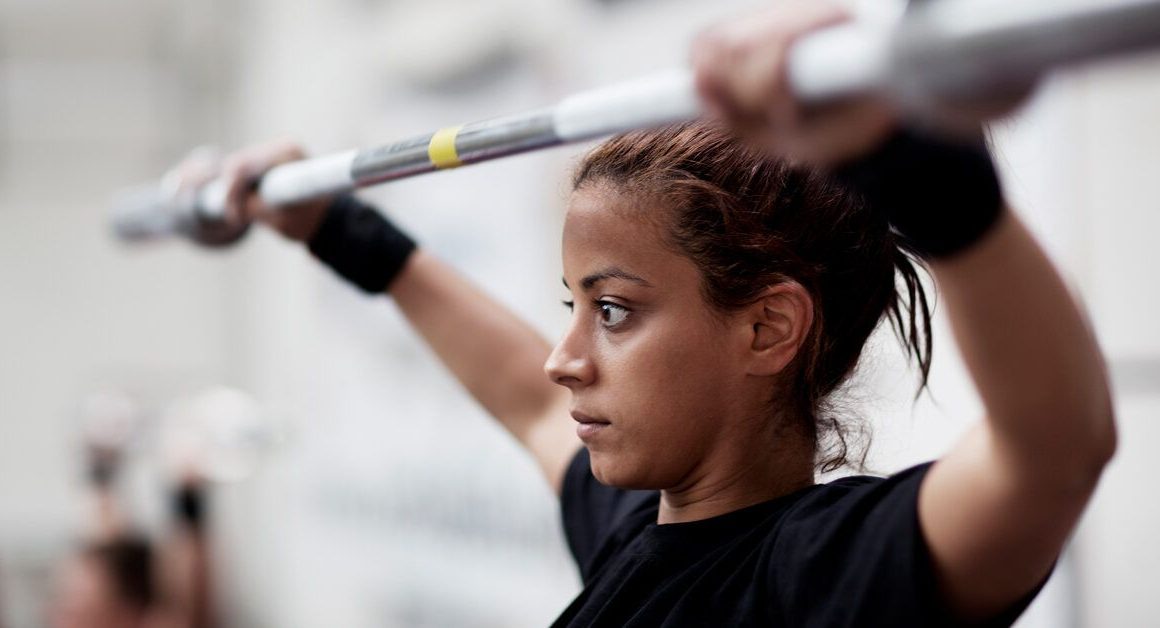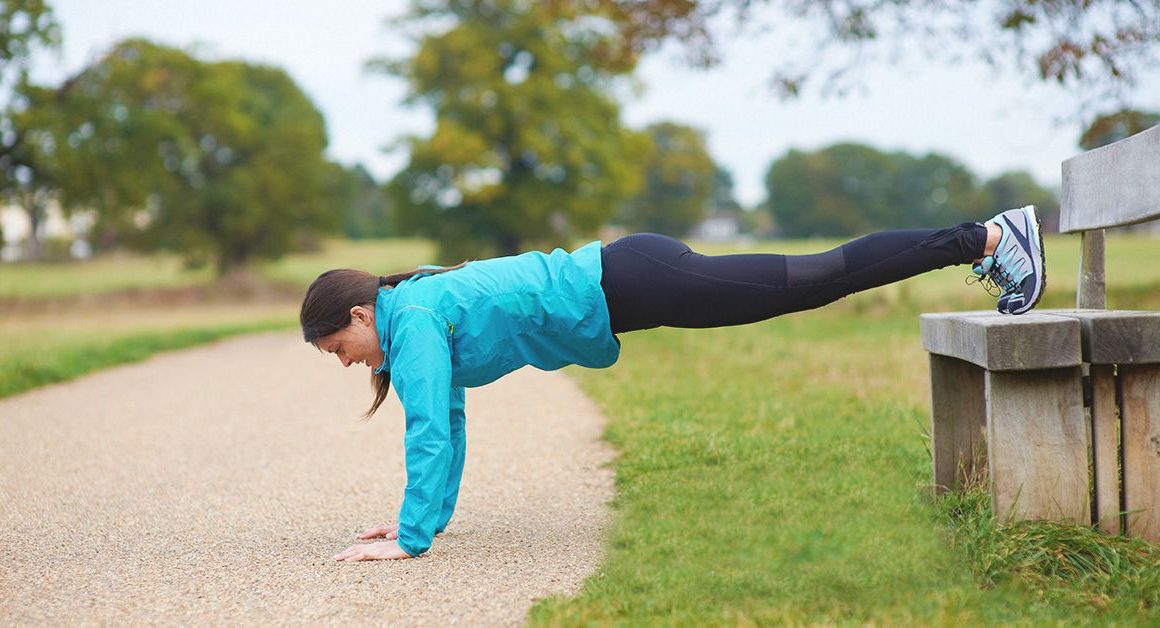You’ve probably heard the phrase “engage your core” at least once in your life, even if you’ve never seen an exercise program, read a fitness magazine, or set foot in a gym. Sometimes it’s gently encouraged, while at other times it’s yelled while you’re sweating out your last rep.
However, you may wonder what your core is, what it means to engage it, and how to do so.
Your core consists of the muscles surrounding your trunk, including your abdominals, obliques, diaphragm, pelvic floor, trunk extensors, and hip flexors.
Your core provides stability to your trunk for balance and for movements like lifting weights and standing up from a chair. It also provides mobility to allow your torso to move as needed, such as when you reach for your seatbelt or swing a golf club (1,
Furthermore, your core muscles are involved in everyday activities such as breathing, posture control, urination, and defecation (
Every time you exhale and inhale, your diaphragm plays a large part in allowing air to flow into and out of your lungs. When you sit up straight, your core muscles contract to keep your trunk upright. When you use the bathroom, they’re there to start and stop your business.
This article discusses what the core muscles are, describes their role in trunk mobility and stability, and reviews core exercises that you can incorporate into your workout regimen.





